What if 20 years’ worth of US fossil fuel emissions was released due to unsustainable land use? Exploiting the world’s largest tropical peatland, recently discovered in the Congo Basin, might turn this scenario into reality.
Peatlands do not only house some of the most endangered and sensitive species on earth, they also bind vast amounts of carbon. Although known peatlands cover only 3 % of the earth’s surface, researcher’s believe they might store twice as much carbon as the world’s forests combined. The world’s largest tropical peatland complex – a peat-filled wetland – has recently been discovered in the Congo Basin. It contains carbon equalling three times the planet’s annual fossil fuel emissions. If dried out, or drained, carbon accumulated over thousands of years is left free to interact with oxygen and decompose, releasing vast amounts of greenhouse gases. To conserve peatlands, they first need to be found – and this is where technology comes in.
The discovery in the Congo basin was enabled by new technologies of data collection. Through a combination of satellite imagery, digital elevation models and peat sample analysis, the peatland is now estimated to be 16 times larger than what was earlier perceived. That is, around the same size as England, storing 30 billion tonnes of carbon.
Sustainable management of peatlands is extremely important for climate change mitigation. For example, Indonesia has the biggest total area of tropical peatlands in the world. However, due to palm oil plantations and other activities where the land is drained and transformed, Indonesia has encountered several problems. Not only does the drainage increase the CO2 emissions, it also enhances the risk of wildfires. In 2015, the World Bank estimated that burning peatlands cost Indonesia over 16 billion dollars and released 800 million metric tonnes of CO2. Furthermore, one study claims that in Indonesia, Singapore and Malaysia, 100 000 people have died prematurely due to burning peatlands and the released toxic gases.
The discovery makes the Democratic Republic of Congo and The Republic of Congo the second and third most important countries in the world regarding tropical peatlands. According to researcher Greta Dargie, it is of the greatest importance to leave it intact and protected. The Republic of Congo is currently considering including a large part of the peatlands in the Lac Télé community reserve, a major conservation area. This decision will have consequences on the global scale, since irresponsible exploitation have ramifications far beyond country borders. Hopefully, improvements in remote sensing technology will enable us to protect even more peatlands in the future

